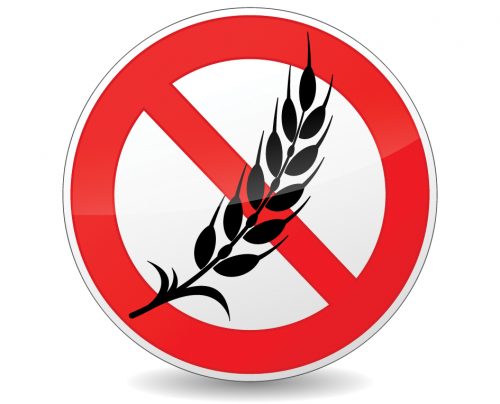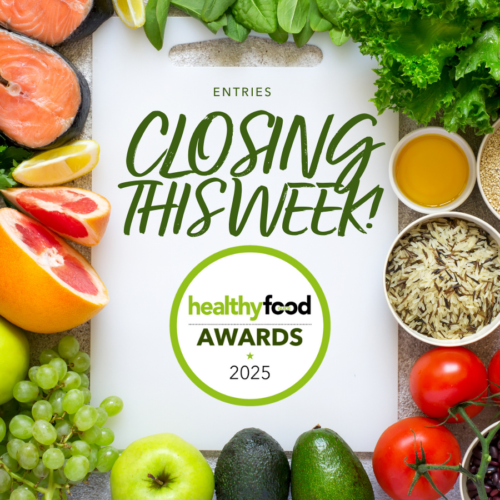
Buying food can be a minefield for people with food allergies, especially when even traces of an allergen can be fatal. Gwendoline Keel and Ciska de Rijk, food law specialists at Simpson Grierson, explain what’s required when it comes to allergen labelling.
The holiday season invariably brings gift baskets with yummy food and drinks to many of us. If you have food allergies, or you are buying food as a present for someone who does, you no doubt scrutinise product labels to check the food is safe to eat or drink without a reaction.
What’s the law got to say?
Allergen labelling requirements ensure that allergens are correctly declared and labelled, and minimise the risk to human health. The Food Code requires a declaration for the most common allergenic foods to be included on food labels if a product contains these substances. These substances are sulphites (10mg/kg or more), cereals containing gluten (that is wheat, rye, barley, oats and spelt), crustacea, egg and egg products, fish and fish products, milk, peanuts, soybeans, sesame seeds, tree nuts and lupin. These substances are commonly found in food and may be present as ingredients, food additives or processing aids.
Food allergens may be listed on food label ingredient lists in brackets, in bold text, or in a separate declaration.
The only prescribed warning statement under the Food Code is for a food that is, or contains, royal jelly (a honey bee secretion). In this case, the product label must include the exact statement: “This product contains royal jelly which has been reported to cause severe allergic reactions and in rare cases, fatalities, especially in asthma and allergy sufferers”.
The Food Code also requires mandatory advisory statements on labels for bee pollen and propolis. If the food is, or has these substances as ingredients, the product label must contain an advisory statement to the effect that the product contains these substances, which can cause severe allergic reactions.
Where’s the line in the sand?
The water gets a little murky in situations where allergenic substances are unintentionally present in a food. For example, where a product is made on the same factory line as a food that contains peanuts, but the product itself doesn’t actually contain peanuts. You may have noticed precautionary allergen statements on food labels such as ‘may contain traces of peanuts’ or ‘made in a facility that processes soybeans’ or ‘milk may be present’. Such precautionary statements are not regulated by law and are voluntarily made by food manufacturers. Many manufacturers make these statements on their products if they think there is a risk of cross-contamination with allergen substances.
A good portion of food recalls are conducted as the result of undeclared allergens, which is an expensive exercise for food businesses.
Add in the potential for ensuing negative publicity, and it is easy to see why it’s important that food businesses get it right.
Food Standards Australia New Zealand, the agency that develops the Food Code, is looking at a proposal outlining how food allergens can be declared more clearly on labels. While the Food Code requires declarations of allergens, as stated above there are no requirements as to how these declarations must be made, which is potentially confusing for consumers.
This proposal aims to standardise allergen wording used to make it easier for food businesses to meet their legal obligations, and for consumers to understand the wording.
What’s up over the ditch?
Because of the complexity of the issues that food manufacturers have to take into account with ingredients being sourced from overseas and the risks of cross-contamination, the Australian Food & Grocery Council established the Allergen Forum. The forum provides food manufacturers with allergen labelling guidelines to help manage risks associated with allergens in their products.
www.healthyfood.com










